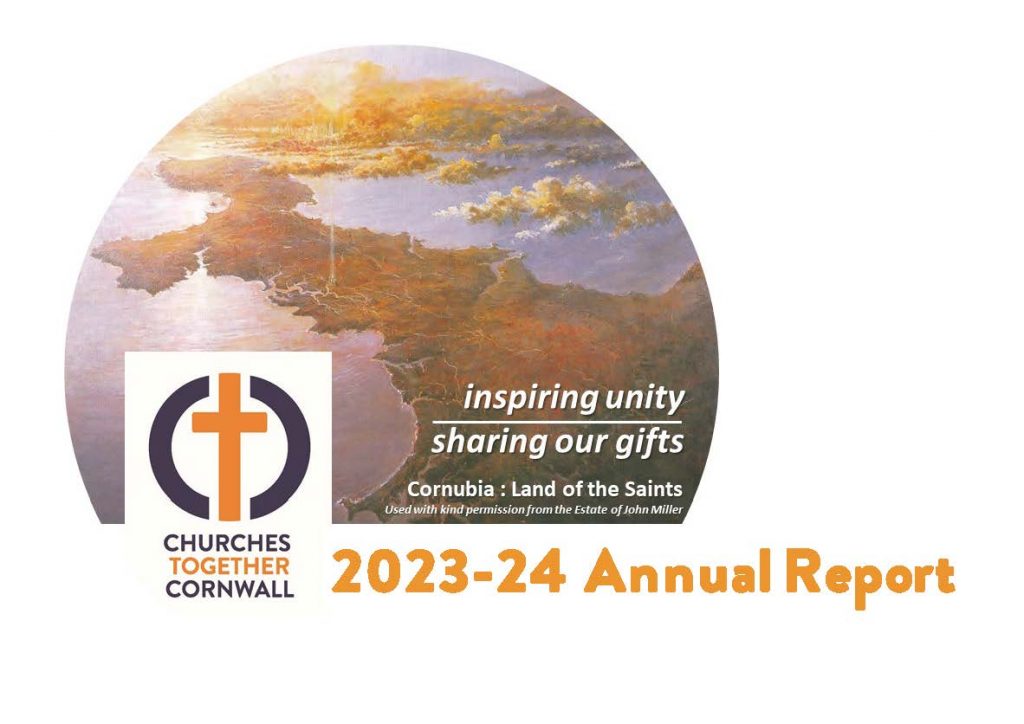by Hannah Eves
February 29, 2024
Biodiversity Net Gain is an approach to housing and other development which seeks to ensure that habitats for wildlife are left in a better state than they were before. It is a key part of how the UK government seeks to meet targets on nature recovery, including the commitment to protect and restore nature by 2030, while also continuing to allow the construction of housing and commercial property. However, while it signals a step forward in development with nature factored in, there are risks.
After some delay, BNG has now come into effect for all local planning authorities in England. Under the policy, developers must deliver at least a 10% uplift to biodiversity for 30 years to compensate for the nature lost in the process of development. They can either create the BNG ‘on-site’, within the boundary land of the project, or ‘off-site’ by purchasing ‘biodiversity units’ from another landowner who invests in habitat creation on their own land. It is estimated that the demand for BNG will be met by approximately 30,000 hectares of improvements per year. Assessment of the BNG needs associated with development attaches a higher cost to sites with higher levels of biodiversity, meaning that developers will be discouraged from building on biodiversity-rich sites because it will cost them more to do so.
Underpinning the policy is the idea of bringing the cost of development paid by nature (through biodiversity loss) into the planning process. However, the checks on the initial BNG plans submitted by developers, monitoring of the baseline levels of biodiversity compared with the ‘improvements’, and the enforcement of delivery over 30 years falls to the planning department of local authorities. The monitoring involved is complicated, and, concerningly, there is no additional funding available for planning authorities to undertake this work. Since it is not clear how developers making biodiversity improvements at a site really plan to sustain those improvements once houses are being lived in or the new owners are in charge, it seems unlikely that overstretched local authorities will be able to effectively monitor and enforce the BNG process.
A key idea to understand within BNG is the concept of onsite vs. offsite mitigation. On-site nature improvements are the government’s preferred option, making increased biodiversity available to all, but off-site may be more ecologically valuable. The off-site option does present an opportunity for land owners, including some of those within our Partners In Action network, to restore nature at scale.
Like any policy, there are risks and opportunities to Biodiversity Net Gain. Due to the challenges of monitoring BNG and enforcing it, there is a risk that it doesn’t actually deliver for biodiversity and becomes another form of greenwashing because a developer may be able to claim a gain, but then fail to deliver it adequately. However, the opportunity for funding to restore nature for land owners and projects already restoring biodiversity on their land and committed to seeing it through, such as those within our Partners network, is real. The potential resources that BNG could release to passionate and committed practitioners acting with integrity and seeing nature thrive for biodiversity and as part of God’s creation is something to be celebrated.
Now Biodiversity Net Gain has come into effect, let’s harness it for the maximum benefit to the UK’s hard-pressed nature, and let’s call on political parties to put resources behind local authorities to enable them to fulfil their critical new role in enforcing it. And let us not grow tired of praying for and speaking up for more policies that safeguard and restore God’s good creation.





